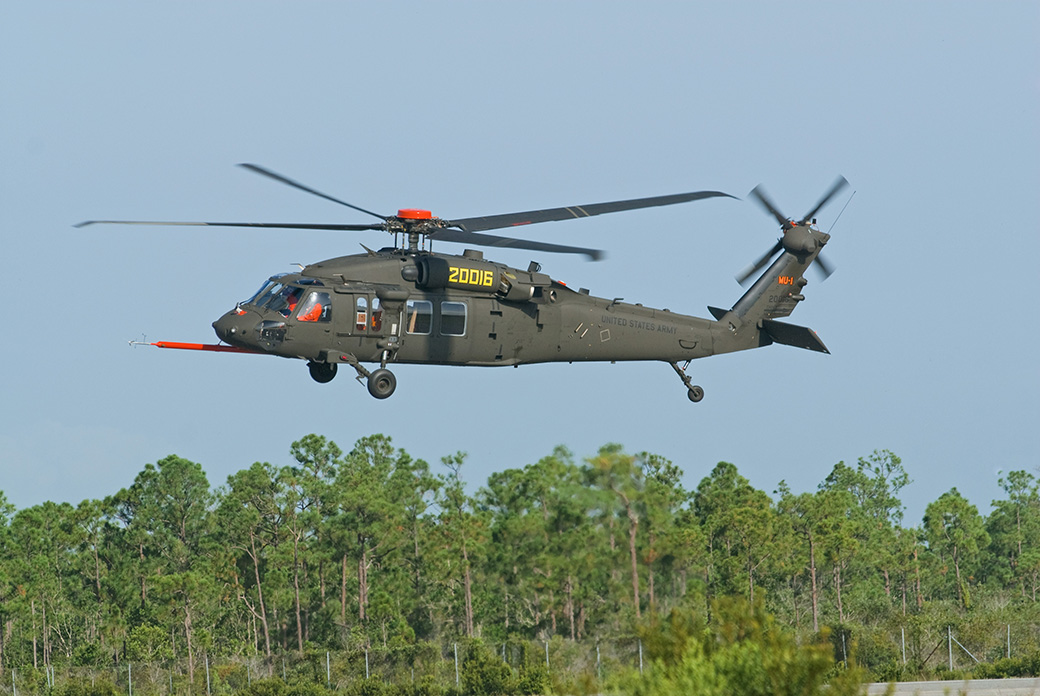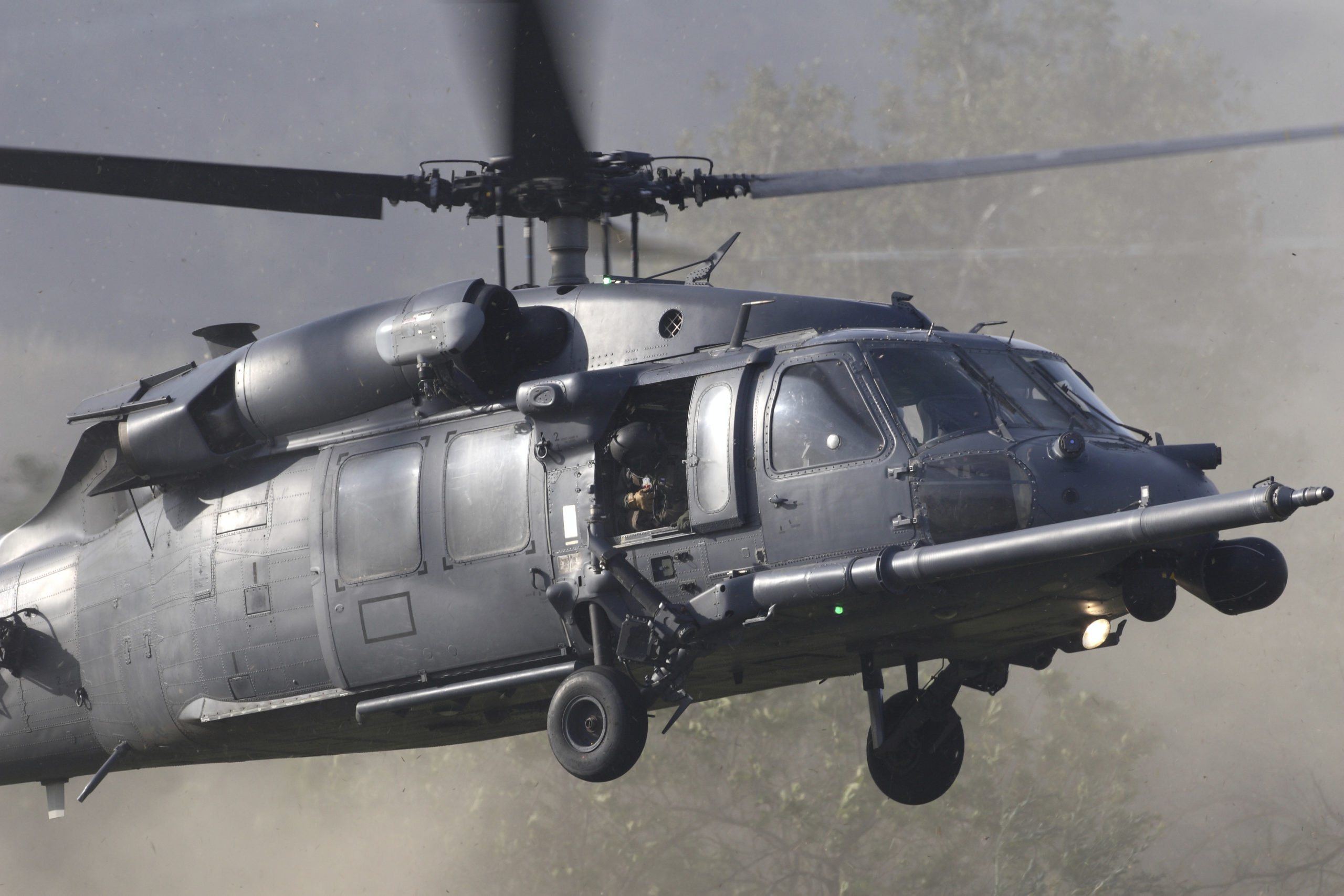UH 60: A Comprehensive Guide to Its Features and Military Applications
UH 60: A Comprehensive Guide to Its Features and Military Applications
Blog Article
Every Little Thing You Need to Learn About the UH 60 Helicopter
The UH-60 helicopter, a foundation of united state Military air travel because its debut in 1979, represents an impressive blend of design and functional flexibility. Known for its extraordinary rate and variety, the UH-60 has been adapted for different missions, from army transport to clinical discharge. As army requirements advance, so as well does the helicopter, with recurring developments intended at boosting its abilities and incorporating modern-day innovations. To completely appreciate the significance of the UH-60 in contemporary military operations, one have to consider its history, design, and the future developments that might redefine its role.
History of the UH-60
Developed in the late 1970s, the UH-60 Black Hawk helicopter became a feedback to the united state Military's need for a flexible energy helicopter that might carry out a range of goals under difficult conditions. The inspiration for its layout was the shortcomings identified in the earlier helicopters utilized during the Vietnam Battle, specifically in regards to survivability, ability to move, and speed.
The Black Hawk was created by Sikorsky Aircraft, integrating innovative modern technologies and products to enhance its performance and durability. It was officially presented into service in 1979, promptly becoming a crucial property for armed forces operations - uh 60. Its ability to transfer soldiers, clinical evacuation, and logistical support in both battle and humanitarian goals made the Black Hawk a very useful element of the united state Military's aeronautics fleet
Throughout the years, the UH-60 has been constantly updated, adjusting to the altering nature of warfare and the advancing demands of contemporary army procedures. Its functional history includes engagement in significant conflicts, peacekeeping goals, and calamity relief initiatives, solidifying its credibility as a reliable and trusted helicopter in various settings worldwide.

Layout and Requirements
The design of the UH-60 Black Hawk helicopter regularly mirrors a dedication to functional effectiveness and adaptability. Established by Sikorsky Aircraft, this medium-lift utility helicopter includes a sleek, wind resistant body that improves speed and ability to move. Its tandem blades system, defined by 2 counter-rotating blades, reduces resonance and enhances lift capability, allowing for much safer operations in diverse environments.
The UH-60 is powered by two T700-GE-701C turboshaft engines, giving an optimum rate of approximately 180 knots and a variety of around 400 nautical miles. Its robust airframe is created from advanced composite products, making certain longevity while maintaining a fairly low weight. The helicopter has an optimum gross weight of regarding 22,000 pounds, sustaining a versatile payload setup.

Roles and Objectives
A versatile system, the UH-60 Black Hawk helicopter serves a plethora of duties and goals within military procedures. Designed primarily for troop transport, it is qualified of bring up to 11 soldiers, making it a vital property for rapid deployment and logistical support.
In addition to troop transportation, the UH-60 masters clinical emptying (MEDEVAC) goals, furnished with sophisticated medical equipment to give important care throughout transit. Its capacity to run in diverse settings boosts its effectiveness in fight search and rescue (CSAR) procedures, where swift removal of personnel is vital.
The helicopter likewise plays a considerable role in reconnaissance and surveillance goals, using onboard sensors and tools to debrief. Its flexibility prolongs to logistical assistance, capable of transporting supplies and equipment to forward operating bases.
In combat procedures, the UH-60 can be furnished with different tool systems, enabling it to give close air assistance. Its multi-role capability makes the Black Hawk an essential tool for modern military forces, adapting seamlessly to the developing needs of battleground circumstances and making certain mission success throughout a variety of functional contexts.
Performance and Capabilities
Known for its robust efficiency, the UH-60 Black Hawk helicopter flaunts impressive capabilities that improve its functional efficiency across various objectives. uh 60. This multi-role aircraft is furnished with effective twin-engine Turbomeca Arriel 1D1 engines, offering remarkable speed and maneuverability, with an optimum cruise speed of around 150 knots and an operational series of around 400 nautical miles
The Black Hawk's innovative avionics and fly-by-wire control systems considerably improve flight safety and security and handling, enabling it to operate in varied environments, consisting of damaging weather condition problems. Its versatility is more exemplified by its capacity to carry approximately 11 totally furnished troops or a payload of roughly 8,000 extra pounds, making it excellent for troop transportation, clinical discharge, and logistical support goals.
Additionally, the UH-60 is developed for survivability, featuring reinforced airframes, ballistic defense for staff and guests, and progressed countermeasure systems to evade risks. The helicopter's agility and speed, incorporated with its ability for rapid implementation, make it a crucial possession in contemporary army operations, ensuring that it remains a vital element of tactical air support and battleground flexibility.
Future Developments

One considerable focus is the integration of innovative avionics systems, which will certainly enhance situational awareness via boosted navigation and communication capabilities. This consists of the prospective usage of synthetic intelligence to help pilots in decision-making and goal planning.
In addition, future versions may incorporate innovative materials and layout attributes to bolster the helicopter's sturdiness and lower its radar signature, boosting survivability in opposed environments.
The introduction of hybrid-electric propulsion systems is also on the horizon, intending to boost fuel effectiveness you could check here and reduce logistical problems. Such advancements could prolong functional range and minimize the helicopter's ecological impact.

Conclusion
The UH-60 helicopter represents a significant advancement in army aviation given that its intro in 1979. Its view website robust design, functional abilities, and constant upgrades ensure its importance in numerous functional roles, including troop transport and medical evacuation. As modern technology progresses, future growths will likely improve its performance with the combination of expert system and hybrid-electric systems. The UH-60's enduring existence underscores its vital duty in modern army operations and highlights the recurring evolution of army air travel technology.
The UH-60 helicopter, a cornerstone of U.S. Army aviation considering that its launching in 1979, represents an impressive mix of design and operational versatility. As army demands develop, so as well does the helicopter, with recurring advancements aimed at improving its abilities and incorporating modern-day technologies.The style of the UH-60 Black Hawk directory helicopter consistently reflects a commitment to operational effectiveness and adaptability. Created by Sikorsky Airplane, this medium-lift energy helicopter includes a streamlined, wind resistant body that boosts rate and ability to move.The UH-60 helicopter stands for a substantial innovation in army aeronautics given that its intro in 1979.
Report this page